A Two Step Validation of the Performance-Based IISCA: A Trauma-Informed Functional Analysis Model
- PMID: 39391176
- PMCID: PMC11461361
- DOI: 10.1007/s40617-023-00792-2
A Two Step Validation of the Performance-Based IISCA: A Trauma-Informed Functional Analysis Model
Abstract
Functional analyses often involve extended exposure to evocative events and problem behavior, which potentially places the client at risk of retraumatization. The performance-based, interview-informed synthesized contingency analysis (IISCA) is a brief analysis that is conducted in a single session and applies a trauma-assumed framework in the development of the assessment procedures (e.g., measures of calm, reinforcing precursors to avoid escalation and physical management). We conducted 12 applications of the performance-based IISCA in the United States and Brazil and (1) compared the results to a subset of 7 applications who also experienced the original IISCA and (2) incorporated a function-based treatment informed by the performance-based IISCA in a further subset of 5 of those 12 applications. The results support the use of the performance-based IISCA in that this variation of the IISCA corresponded with the original IISCA and informed effective treatment of problem behavior.
Supplementary information: The online version contains supplementary material available at 10.1007/s40617-023-00792-2.
Keywords: Functional analysis; Problem behavior; Synthesized contingencies; Trauma; Treatment validation.
© Association for Behavior Analysis International 2023. Springer Nature or its licensor (e.g. a society or other partner) holds exclusive rights to this article under a publishing agreement with the author(s) or other rightsholder(s); author self-archiving of the accepted manuscript version of this article is solely governed by the terms of such publishing agreement and applicable law.
Conflict of interest statement
Conflicts of interestTess Fruchtman declares no conflict of interest. Natasha Raghunauth-Zaman declares no conflict of interest. Aaron Leyman declares no conflict of interest. Felipe M. Lemos declares no conflict of interest. Henrique Costa Val declares no conflict of interest. Monica Howard declares no conflict of interest.
Figures

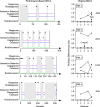

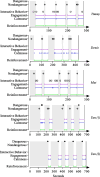
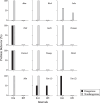
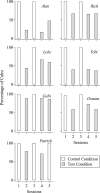
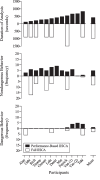
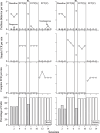
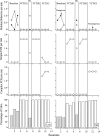
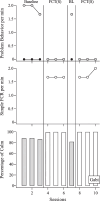
References
-
- Coffey, A. L., Shawler, L. A., Jessel, J., Bain, T., Nye, M., & Dorsey, M. F. (2021). Generality of the practical functional assessment and skill-based treatment among individuals with autism and mental health disorders. Behavioral Interventions, 36(1), 298–314. 10.1002/bin.1755
-
- Dillon, C. M., & Carr, J. E. (2007). Assessing indices of happiness and unhappiness in individuals with developmental disabilities: A review. Behavioral Interventions, 22(3), 229–244. 10.1002/bin.240
-
- Ghaemmaghami, M., Hanley, G. P., Jessel, J., & Landa, R. (2018). Shaping complex functional communication responses. Journal of Applied Behavior Analysis, 51(3), 502–520. 10.1002/jaba.468 - PubMed
LinkOut - more resources
Full Text Sources

